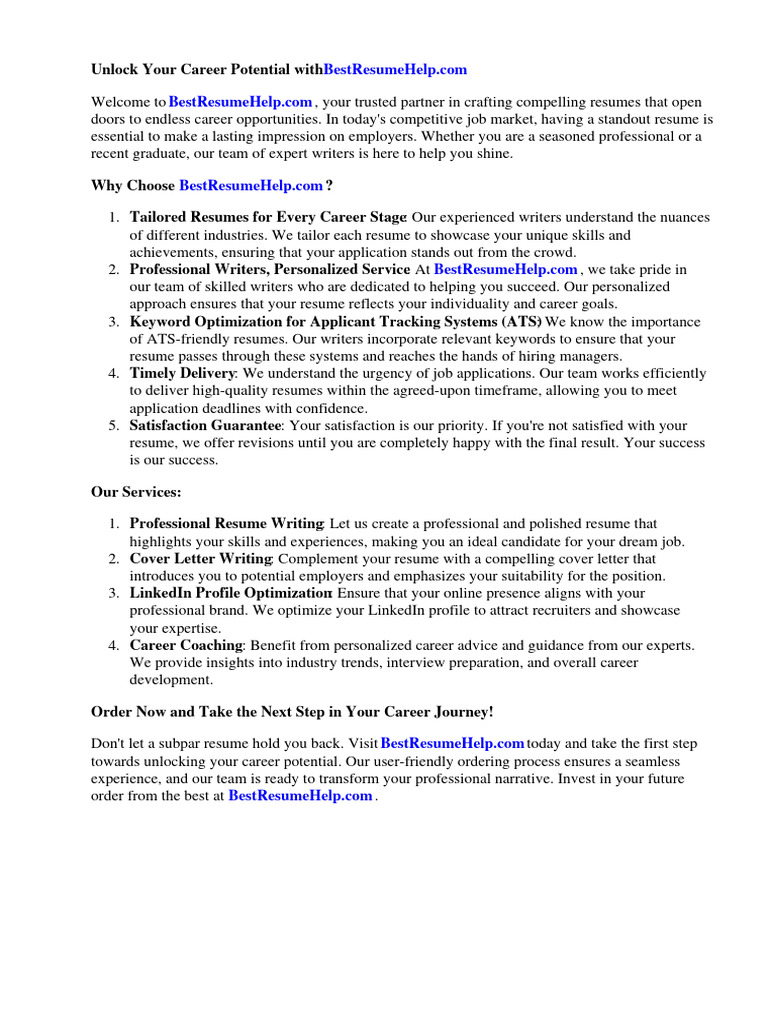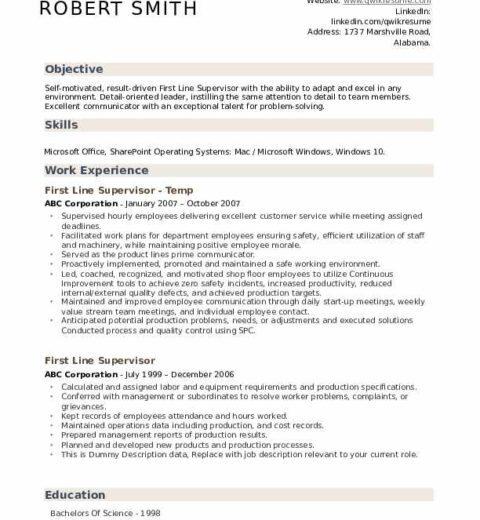A resume is an essential document in the job application process, serving as a succinct yet informative summary of a candidate’s professional history, educational background, skills, and accomplishments. This foundational tool is designed to present an individual in the best possible light, showcasing their qualifications to potential employers. Understanding the basic components and types of resumes can significantly impact one’s ability to secure interviews and land desirable positions.
First and foremost, it is critical to grasp the primary purpose of a resume: to engage the interest of hiring managers and provide a clear narrative of one’s professional journey. A resume should capture attention quickly, typically within a glance, as recruiters often spend mere seconds reviewing each document. To accomplish this, candidates must present information in a logical, visually appealing format that emphasizes their most relevant experiences.
There are several distinct types of resumes, each serving unique purposes and tailored to specific career stages and industries. The most common formats include:
- Chronological Resume: This format lists experience and educational qualifications in reverse chronological order, making it straightforward for employers to see the most recent positions first. It is ideal for candidates with a consistent work history relevant to the job they are applying for.
- Functional Resume: Focused on skills and competencies rather than work history, this format is suitable for individuals changing career paths or those who have gaps in their employment. By emphasizing transferable skills, candidates can demonstrate their potential value to a prospective employer.
- Combination Resume: A hybrid of the chronological and functional formats, a combination resume provides a comprehensive view of both skills and work history. This style is advantageous for applicants with a robust skill set and varied experiences.
- Targeted Resume: As the name implies, this resume is specifically tailored for a particular job. It highlights only the most relevant experiences and skills, ensuring alignment with the job description. Crafting a targeted resume demonstrates to employers that the candidate has a genuine interest in the role.
Next, let us delve into the fundamental components commonly found in resumes. A well-structured resume generally comprises the following sections:
- Contact Information: This section should include the candidate’s full name, phone number, email address, and optionally, links to professional social media profiles or personal websites. Clear and accessible contact details facilitate communication between the candidate and potential employers.
- Objective or Summary Statement: This brief paragraph or bullet point explains the candidate’s career aspirations and what they hope to achieve in the particular role. A tailored objective can pique the interest of the hiring manager, establishing alignment from the outset.
- Work Experience: The core of the resume, this section outlines past positions, responsibilities, and accomplishments. Each entry should include the job title, company name, location, and dates of employment. Sufficient detail, coupled with quantifiable achievements, provides concrete evidence of the candidate’s contributions.
- Education: List academic qualifications, including degrees obtained, institutions attended, and graduation dates. In some cases, relevant coursework, honors, or certifications may also be included. Candidates who have recently graduated might position this section higher on the resume.
- Skills: Highlighting both hard and soft skills can enhance a resume’s effectiveness. While hard skills refer to technical proficiencies, soft skills encompass interpersonal qualities such as teamwork, communication, and adaptability.
- Additional Sections: Depending on the individual’s experience, sections on certifications, volunteer work, publications, or professional affiliations may also be relevant. Including such information can further distinguish a candidate from the competition.
When constructing a resume, attention to detail is paramount. The language should be clear and concise, employing bullet points for ease of reading. Action verbs (e.g., “developed,” “managed,” “orchestrated”) can powerfully convey one’s impact in previous roles. Furthermore, consistency in formatting—including font size, style, and alignment—enhances the overall professionalism of the document.
While content is king, aesthetics also play a crucial role. A resume should maintain ample white space to avoid appearing cluttered, allowing crucial information to stand out. Utilizing headings and subheadings creates a navigable structure, facilitating the review process for hiring managers.
In the digital age, many employers use applicant tracking systems (ATS) to filter resumes. This software scans for specific keywords related to the job description, making it essential for candidates to incorporate relevant terms into their resumes genuinely. Tailoring a resume to mirror the language used in the job posting can significantly enhance its chances of being seen by a human reviewer.
As the job market continues to evolve, staying informed about current trends in resume writing is vital. For instance, visuals like infographics, while increasingly popular, require careful consideration of industry standards and company culture. In more traditional fields, adherence to conventional formats may be more suitable.
In conclusion, crafting an effective resume requires a blend of art and science. By understanding its structure, types, and essential components, candidates can create a powerful narrative that showcases their professional journey. A well-organized, strategically written resume not only opens doors to interviews but also lays the groundwork for successful career advancement.




